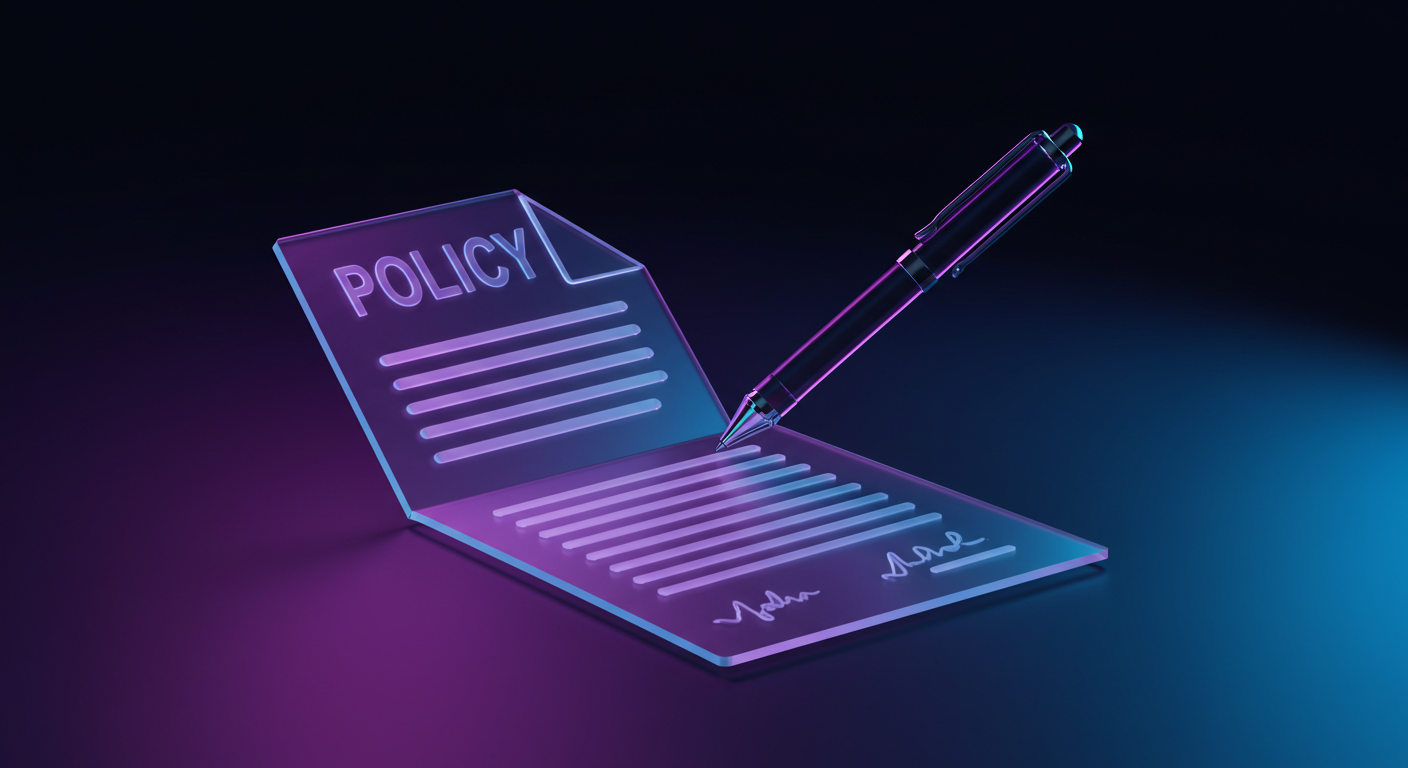
South Korea’s consumer sentiment index reached 108.7 in June 2025, up from 101.8 in May. This is the highest point since June 2021.
Consumers’ 12-month median inflation expectation dropped to 2.4% in June from 2.6% in May. This is the lowest level recorded since October 2021.
Data from the Bank of Korea
The data was provided by the Bank of Korea, the central bank of South Korea.
The reading of 108.7 indicates growing optimism among households about the outlook for the economy, employment, and personal income. A figure above 100 generally implies that more consumers are positive than negative about future conditions. The seven-point surge over a single month reflects a relatively fast shift in sentiment, possibly driven by improving labour market conditions, gains in disposable income, or reduced price pressures.
Alongside this, the fall in inflation expectations from 2.6% to 2.4% suggests consumers anticipate slower price increases over the coming year. This is not merely a psychological shift. Lower anticipated inflation can affect actual consumer behaviour, encouraging spending rather than saving, and easing wage demands over time. It could also signal that household budgets are under less pressure, which may support broader consumption trends in the near term.
For us, what matters now is how this affects pricing in medium-term interest rate swaps and options. The Bank of Korea will likely view this data as a reason to maintain current policy direction, rather than respond with hikes or cuts immediately. Price stability expectations aligning with the 2% target add weight to the idea that the central bank has a little more breathing room. If inflation perceptions remain soft and sentiment holds higher, we might see upward pressure in near-term consumer spending indicators—providing a clearer signal for output growth potential.
Investor and Market Impact
Kim’s office will watch this closely. Investors pricing rate futures have already started responding to a more anchored inflation path, even if yields at the belly of the curve remain rangebound. With sentiment at four-year highs, the probability of any near-term easing visibly recedes. The reaction to this data hasn’t been loud in rate vol yet, but there’s scope for repositioning once we enter July and post-CPI trends firm up further.
What we should prepare for, then, is a shift in participants repositioning around inter-meeting expectations. For example, steepeners may draw flows if sentiment continues to build and the short-end remains tethered. Watch for risk reversals in short-dated KRW options: implieds may not catch the full move immediately, but deltas will show where the weight is falling.
As inflation expectations drift lower, that leaves compressed breakevens as a point of focus. Swaption desks may already be refining exposure—not because of what the data says today, but due to what it tells us about consumer-led demand patterns a few quarters out.
You won’t find many short-vol buyers fading this unless linked to specific hedges elsewhere. While some model-driven desks might still run neutral gamma, we’ve seen momentum traders reduce convexity shorts around this zone, preferring to step back until fresh macro catalysts bring direction.
We’ll stay alert to July’s business sentiment data. If that supports the current theme, then short-term vol structures could start walking higher, despite historicals still anchoring realised rates. Until then, the bias continues to lean towards a slight repricing of risk, rather than a wider macro adjustment.







